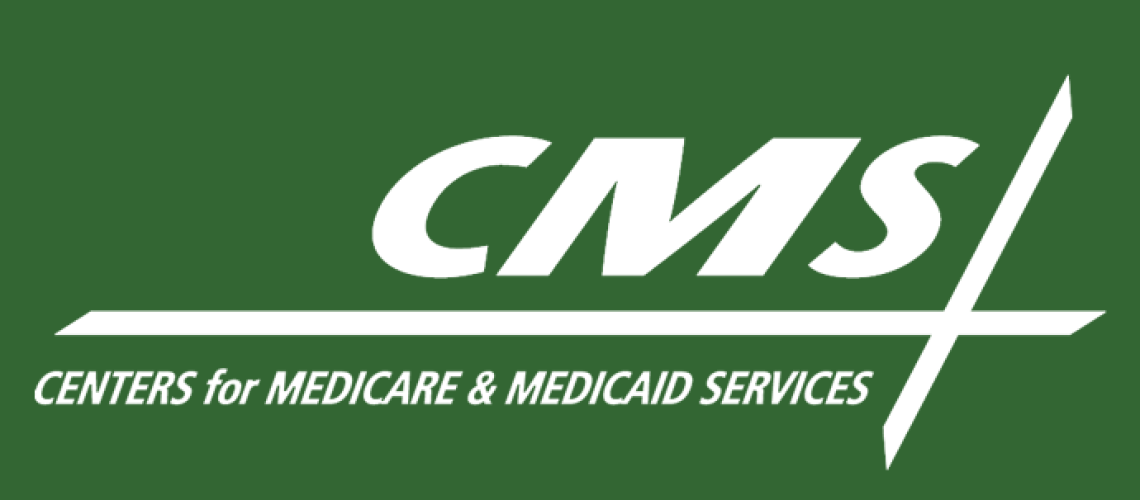1. Guidelines changes to frequently used outpatient evaluation and management (E/M) billing use have changed the types of billing codes used within 4 months of implementation.
2. Despite being the intention of the guidelines changes, no changes were found for note length or time spent using the electronic health record system.
Evidence Rating Level: 2 (Good)
Study Rundown: Time spent writing patient documentation in electronic health records (EHR) represents a large contributor to physician workload. To reduce this burden and simplify reimbursement, the American Medical Association (AMA) enacted changes to billing code guidelines for evaluation and management (E/M) visits starting in 2021. The objective of this study was to evaluate the impact of this guideline change on physician E/M billing practices and EHR use. In an observational, retrospective study design, data were extracted from the Epic Signal database to assess E/M billing code use, note length, and EHR use. The study found that the guideline change altered the distribution towards higher acuity billing codes; however, the length of notes and time spent in EHR did not change significantly following the guideline change. Overall, these results indicate that changes of the E/M guideline have not yet impacted EHR habits but have immediately changed E/M billing code practices. This study is limited by its short study period, only 4 months after guideline change, with intentions to look at early changes; therefore, it is likely that changes may surface after a longer follow-up period. The study only extracted data from the Epic Signal EHR which does not make up all EHR systems in the country, which may underrepresent more remote healthcare communities.
In-Depth [retrospective cohort]: In this observational, retrospective study, metadata of 303,547 healthcare providers across 389 organizations using the Epic electronic health record (EHR) system were extracted for measures of billing code type, note length, and time spent in the EHR. Data between 4 months prior to guideline changes (since September 2020) to frequently used billing codes for outpatient evaluation and management (E/M) visits on January 1, 2021, were compared to data up to 4 months after this change (until April 2021). Percentage means were compared using paired t-tests. The study found that the average frequency for billing at levels 4 and 5 (indicating higher acuity) increased, while the proportion of visits at level 3 decreased from 40.9% to 38.5%. Negligible changes were found for visits billed at levels 1 and 2. These trends were present across all specialties but less drastic in primary care providers and most significant amongst dermatologists. Additionally, no changes were found across all specialties inpatient documentation length or in time spent using the EHR. Taken together, this study suggests that the initial response to the guideline changes relate to E/M billing code practices but have not yet translated into EHR use habits with respect to note length and use.
Photo courtesy of: CMS
Originally Published On: 2MinuteMedicine
Follow Medical Coding Pro on Twitter: www.Twitter.com/CodingPro1
Like Us On Facebook: www.Facebook.com/MedicalCodingPro







